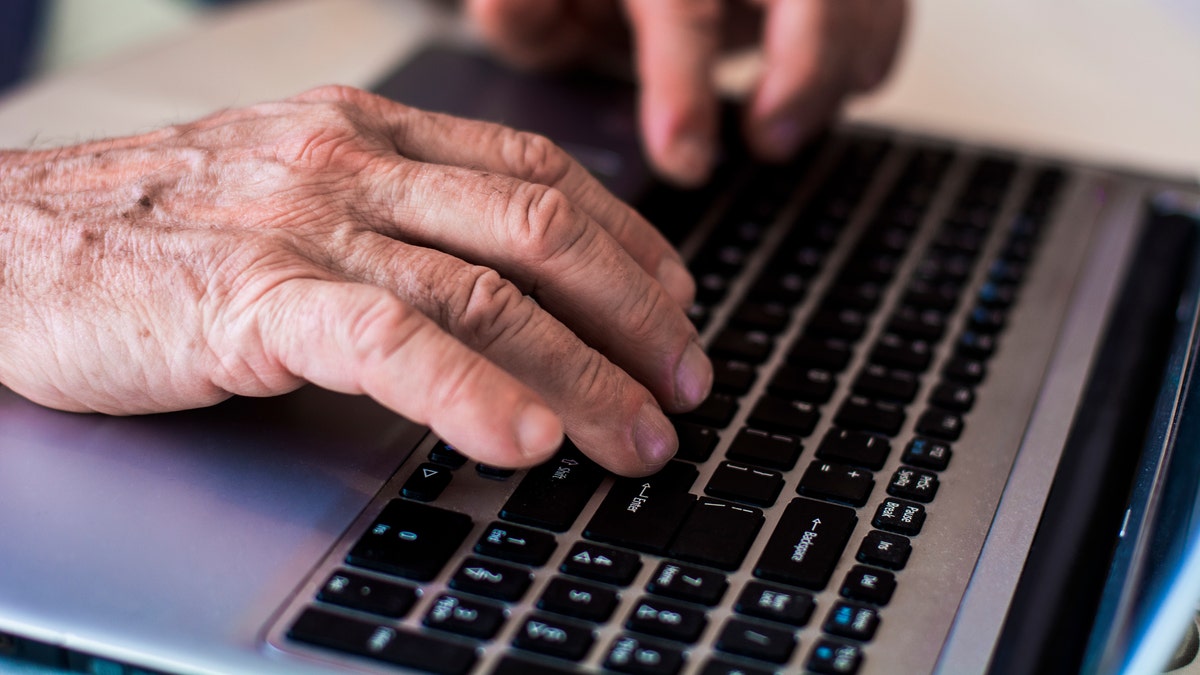
Old hands on the keyboard (iStock)
Many older Americans aren't taking advantage of e-health resources, a new study suggests.
Internet use has "become part of the social norm," said lead researcher Dr. Yan Hong of Texas A&M University in College Station, who specializes in human health behavior. But there's still a "digital divide" between those who have access to the internet and those who don't, Hong told Reuters Health by phone.
"Older adults are particularly vulnerable to digital inequality because they're often the last group to get on board with the latest technology," she said.
The Pew Research Center reported recently that while only 1 percent of 18- to 29-year-olds don't go online, the same is true for about 41 percent of adults older than 65.
For their new study, Hong and colleagues examined data from a nationally representative survey of U.S. adults age 18 and older.
Overall, they had information from nearly 15,800 participants collected in 2003, 2005 and 2011-2012.
The study focused on the roughly 6,600 adults who were older than 55. These participants were split into three age groups - 55-64, 65-74 and over 75 - and were compared to those younger than age 55.
From 2003 to 2011, online use for all purposes increased in all of the over-55 age groups.
For example, in 2003, only 16.5 percent of participants over 75 were using the internet; by 2011, that proportion was up to 33.6 percent. Rates of internet use went from 33.7 percent to 62.6 percent among 65- to 75-year-olds and from 58 percent to 73 percent among the 55- to 64-year olds, the authors report.
But still, as of 2011, none of these groups came close to matching the 87 percent rate among the 18- to 54-year-olds.
Among seniors who did use the internet, only 57 percent were going online for health information in 2003, compared to 80 percent in 2011, according to the findings published in Journals of Gerontology: Social Sciences.
The proportion of internet-using seniors who bought medicine online rose from about 14 percent in 2003 to about 21 percent in 2011. And in 2011, 22 percent were contacting their doctors online, compared to 8 percent eight years earlier.
Patterns of increased internet use were similar across all the older age groups.
The research team also found that among seniors over age 75, those with less than a high school education and those earning less than $25,000 a year "continuously lagged behind their counterparts in all aspects" of health-related internet use.
Although Americans have benefited from the e-health movement, there are still those, especially the underserved, that haven't caught up, Hong noted.
"We still need to be mindful of other groups that are being left out in this digital era," she said.
"Despite an overall increase in health-related internet use and a narrowed digital divide, significant variations . . . in different demographic groups persisted; therefore, we call for more senior-friendly online resources and culturally appropriate interventions to bridge the digital health divide for vulnerable older adults," Hong and her coauthors conclude.
The reason behind the digital divide boils down to politics, according to Dr. K. Viswanath, a researcher who studies communication, health disparities and poverty at Harvard University's School of Public Health in Boston.
"There's no reason why people don't have access," Viswanath, who was not involved with the study, told Reuters Health. "The government should create policies that subsidize internet connection to ensure equitable access."
Viswanath asks, "If we can subsidize heating in the winter for people who can't pay, why not look at the internet as an essential service?"
